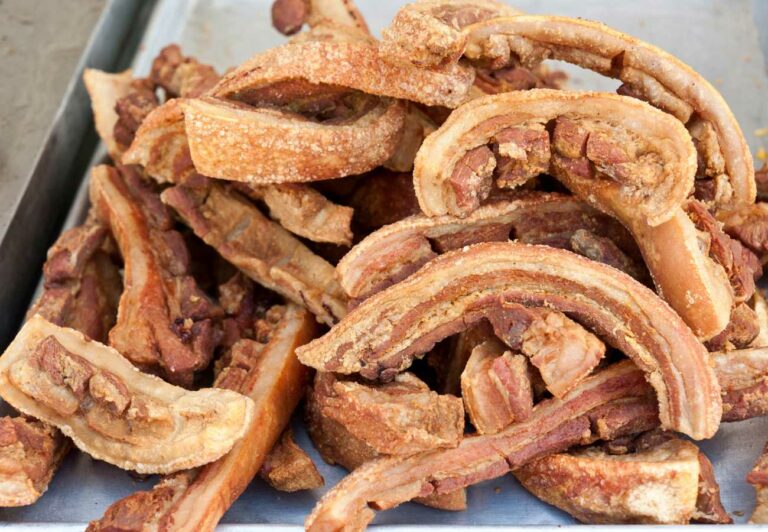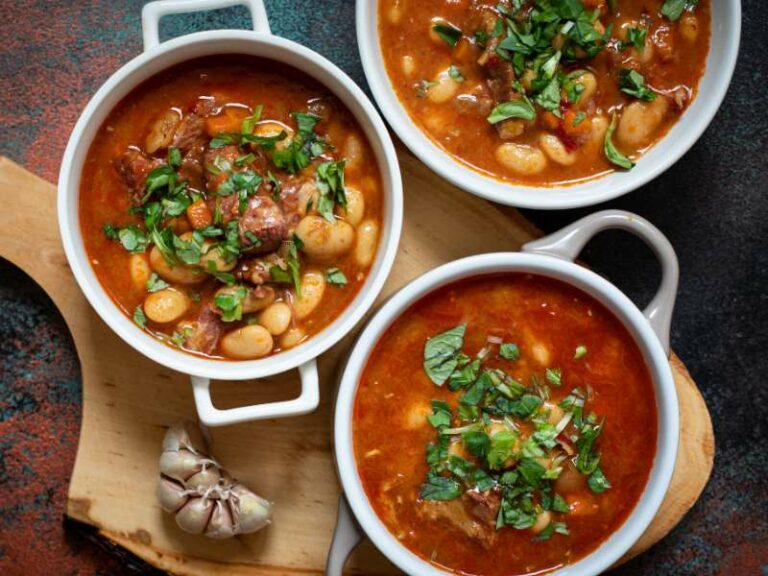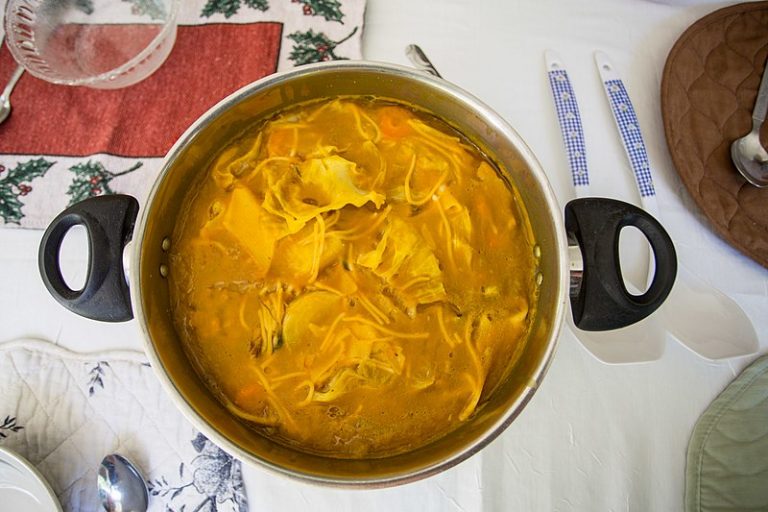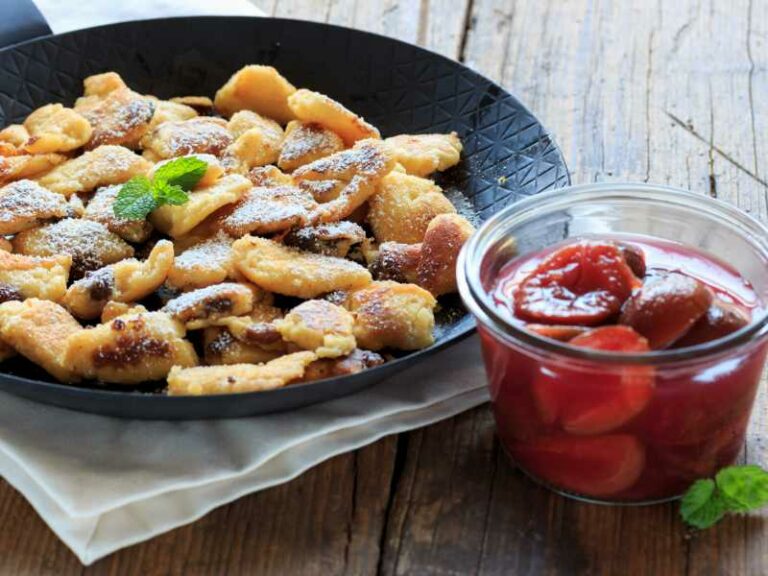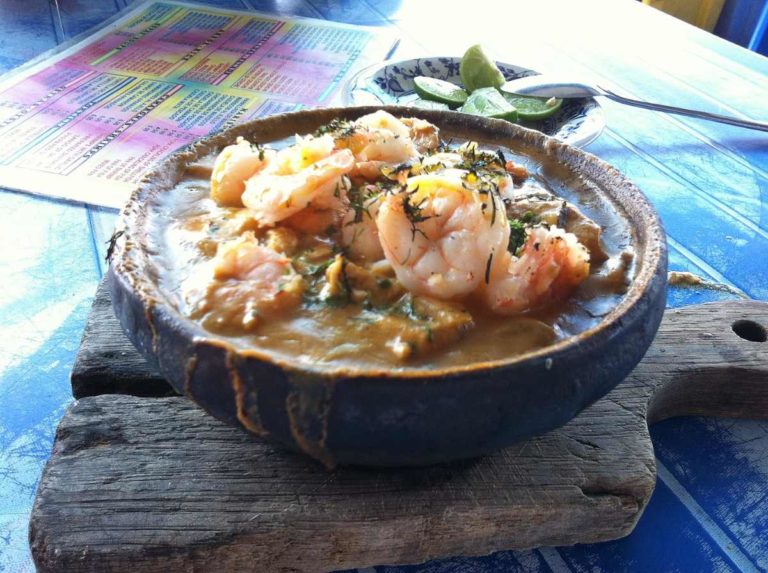Estonian Food: 9 Traditional Dishes of Estonia
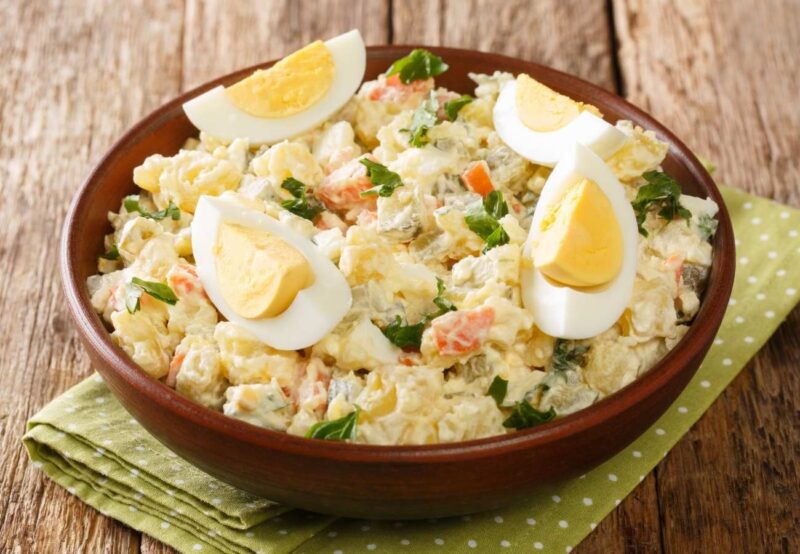
Estonia is a country located in northern Europe as part of the Baltic states along with Latvia and Lithuania. It is surrounded by the Gulf of Finland, the Baltic Sea, Latvia, Lake Peipus and Russia. The country is famous for its presence of dense forests and historic centre of the capital, Tallinn.
The population of Estonia consists of different ethnicities, including Estonians (68.7%), Russians (25.6%), Ukrainians (2.1%), Belarusians (1.2%), and Finns (0.8%). These five groups are considered to form 98.4% of Estonia’s population.
The typical traditional dishes of Estonia tended to be based on staples of meat and potatoes, and on fish in coastal and lakeside regions. But in more recent times many dishes comprise of more international ingredients, with countries like Finland, Germany, Russia, Latvia and Lithuania having a major influence on Estonian cuisine.
The most popular staples in Estonian cuisine include black bread, pork, potatoes and dairy products. Traditionally during the summer and spring seasons people in Estonia prefer to consume fresh produce such as berries, herbs and vegetable. Other items commonly found with Estonian meals include beer, vodka, rye bread and pork.
Vürtsikilu Suupiste

Vürtsikilu Suupiste is a type of Estonian sandwich prepared using sprats positioned between slices of rye bread. Other ingredients include cream cheese combined with crushed garlic. For garnishing, dill, green onions and boiled egg whites are often added. Vürtsikilu Suupiste is generally consumed as a snack or appetizer.
Sprats are a type of small oily fish that are quite alike sardines and feature in many other typical Estonian dishes. They are sold smoked, canned or pickled in a spicy brine. Traditionally, this savory snack is accompanied by strong liquors such as Estonian vodka.
Hernesupp Suitsukoodiga
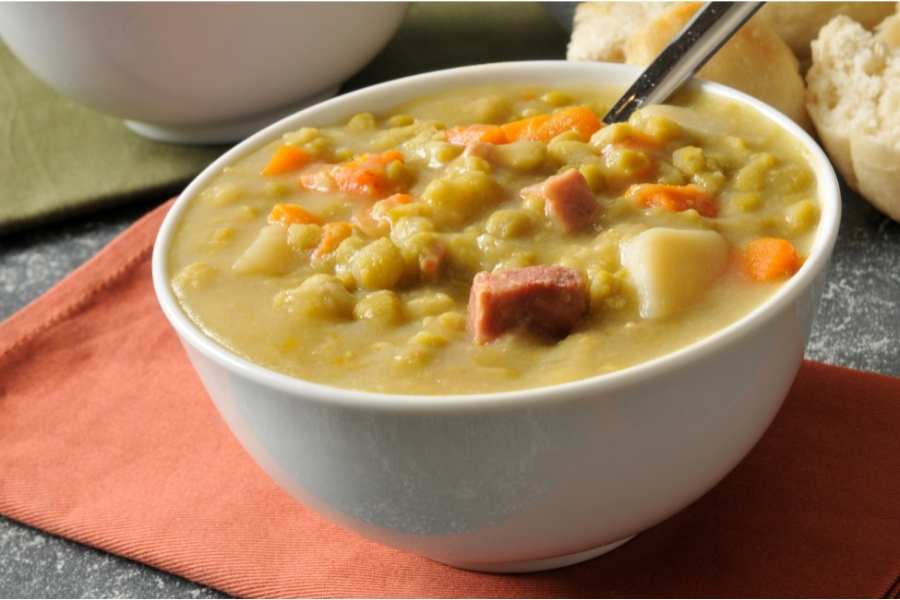
Hernesupp Suitsukoodiga is a traditional Estonian soup prepared by boiling onions, garlic, and smoked pork bones. Further, dried peas are added to the soup and are cooked until they turn soft.
Occasionally, the broth is pureed to give it a creamier texture, and some recipes also include carrots in the mixture. Hernesupp Suitsukoodiga is generally prepared on New Year’s Eve and is typically enjoyed by the older generations of Estonians. It is believed that the taste of smoked pork and floating smells reminds them of their childhood.
Eesti Kartulisalat
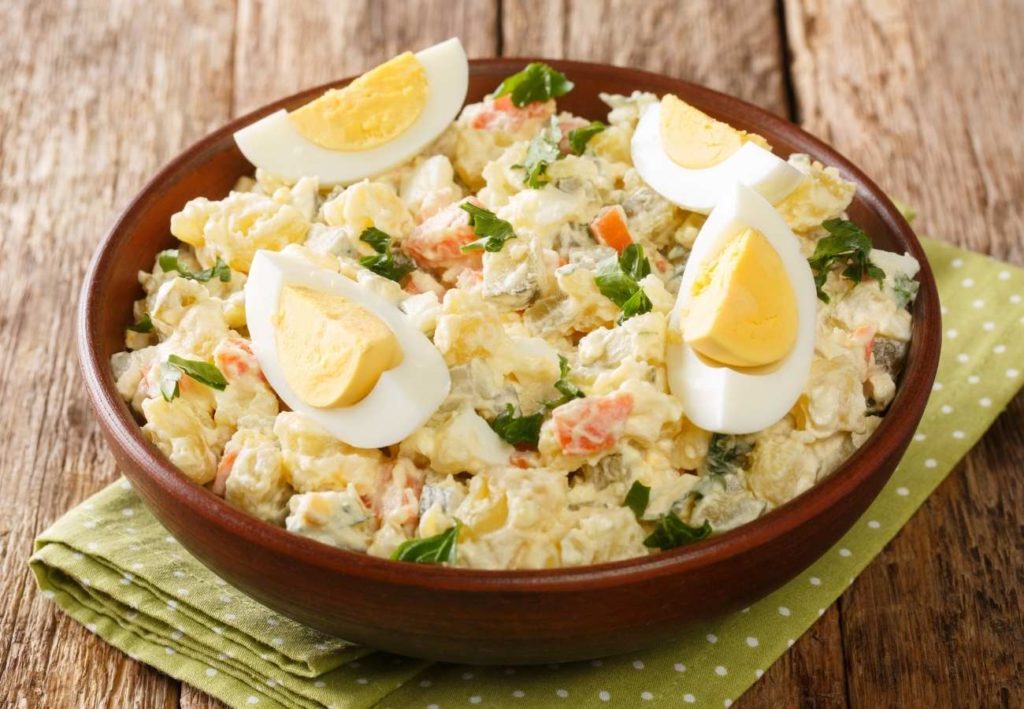
Eesti Kartulisalat is an Estonian potato salad prepared using boiled potatoes and carrots (which are sliced into bitesize pieces), a sliced boiled egg, cubed cucumbers and smoked sausage. Canned peas are also normally added to the mix and all these ingredients are then combined together using sour cream and mayonnaise. The last ingredient added is sliced apple which adds a little bit of sweetness to the salad.
Eesti Kartulisalat is considered to be an Estonian staple dish, and is also one of the country’s most famous foods.
Mulgikapsad
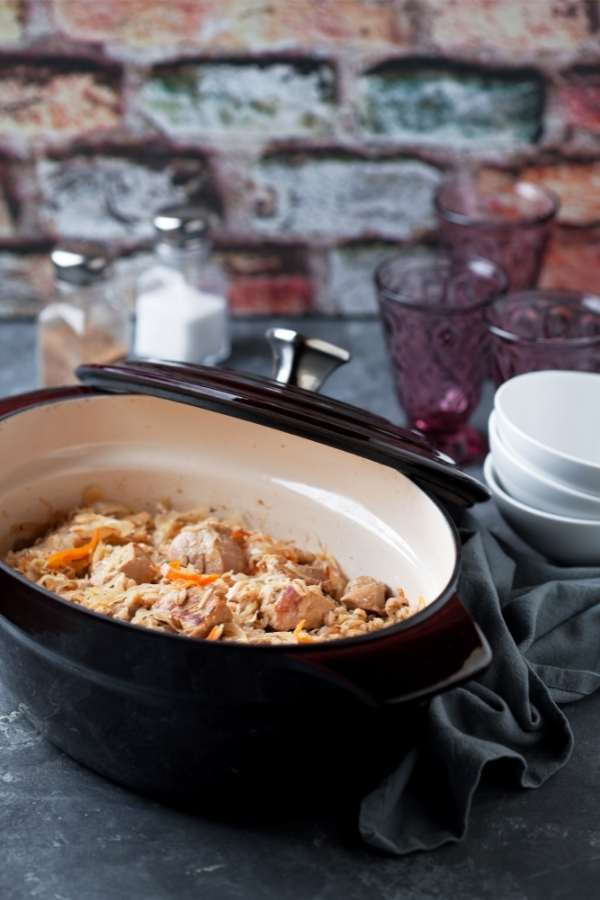
Mulgikapsad is a simple Estonian stew prepared using sauerkraut, barley and meat (normally bacon or smoked pork products). The stew is allowed to cook slowly until the sauerkraut and barley are soft. Generally served as a main course, it is occasionally also as a snack or appetizer.
Mulgikapsad is considered to be the national dish of Estonia. Although it is consumed throughout the year, Estonians commonly prepare it during big celebrations such as Christmas and New Year. It is most often served with fried onions and slices of pork.
Kamavaht
Kamavaht is a dessert prepared using milled flour and a combination of roasted rye, oats, pea and barley flour. Sometimes the oats are substituted with wheat flour instead. Sugar-coated whipped cream is added and it is then topped off with fresh seasonal berries.
Kamavaht is traditionally associated with Russian cuisine where it is called ‘толокно’, and Finnish cuisine where it is known as ‘talkkuna’ and has been consumed for ages. Although, Kamavaht is considered to be a sweet course, many people do eat it for breakfast or as a snack, along with milk or kefir.
Seapraad Ja Hautatud Hapukapsad
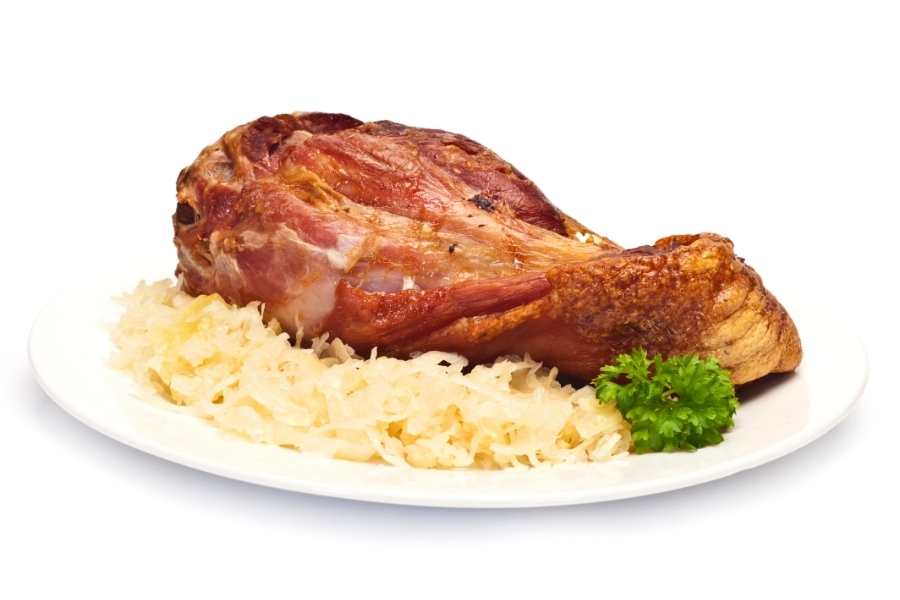
Seapraad Ja Hautatud Hapukapsad is a pork dish prepared using roasted pork, sauerkraut and carrots. The pork is first roasted in an oven until it is cooked properly and becomes tender. After roasting the meat, the juices and trimmings are drained. Then they are added to a pot containing sauerkraut and carrots. The dish is then allowed to cook until the sauerkraut is soft.
Pork roast with sauerkraut is a dish originally belonging to Poland, where it is known as ‘Żeberka Wieprzowe’. It is commonly consumed during the winter season in Estonia and is considered to be an ideal dish for feeding large families and gatherings.
Kruubipuder
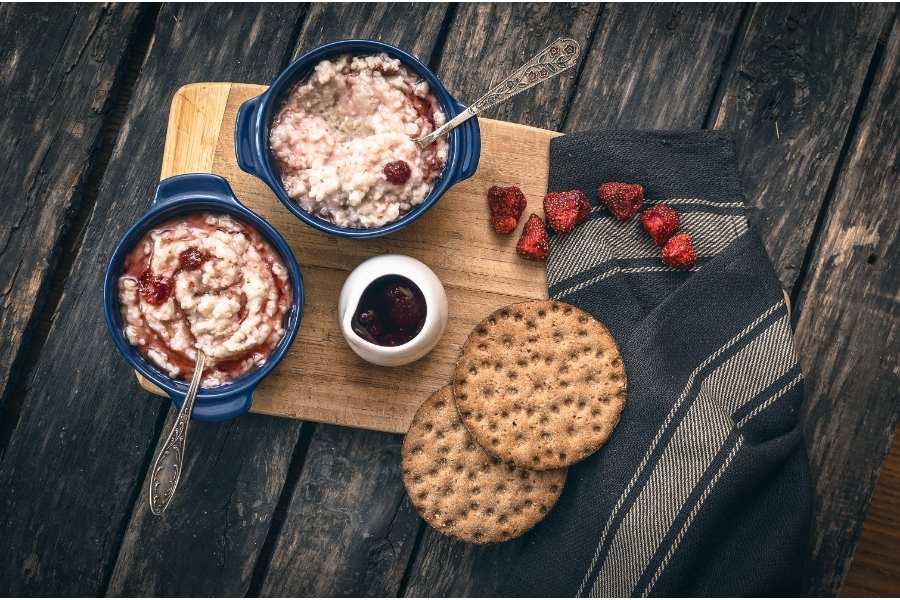
Kruubipuder is a typical Estonian porridge which is cooked by adding barley to a warm stock or water. Later on in the process garlic and other ingredients are then added. The next step is to bake the mixture in the oven and wait for the grains to become soft. Generally thick in consistency, Kruubipuder is full of important nutrients.
The consumption of Kruubipuder dates back to the Medieval era when peasants formed the main population of the Estonian region. They used to survive mainly on grains and small portions of meat. It is now considered to be more of a comfort food.
Mannavaht (Semolina Foam)
Mannavaht is a typical Estonian porridge prepared using cranberries and semolina. This pink-colored dish is prepared by boiling cranberry juice with water and sugar, and then gradually adding semolina to the mixture. Once the mixture attains a thick texture and the semolina is completely cooked, it is then left aside to cool.
To form that classic foamy texture, the porridge is then frothed using a mixer until it turns fluffy. The foam is spread over the milk, and seasonal berries are also added to the top.
This Estonian delicacy was frequently served in kindergartens and at schools. It is believed that the appealing pink color of this dish made it easier for parents to feed porridge to kids.
Kaneelirull
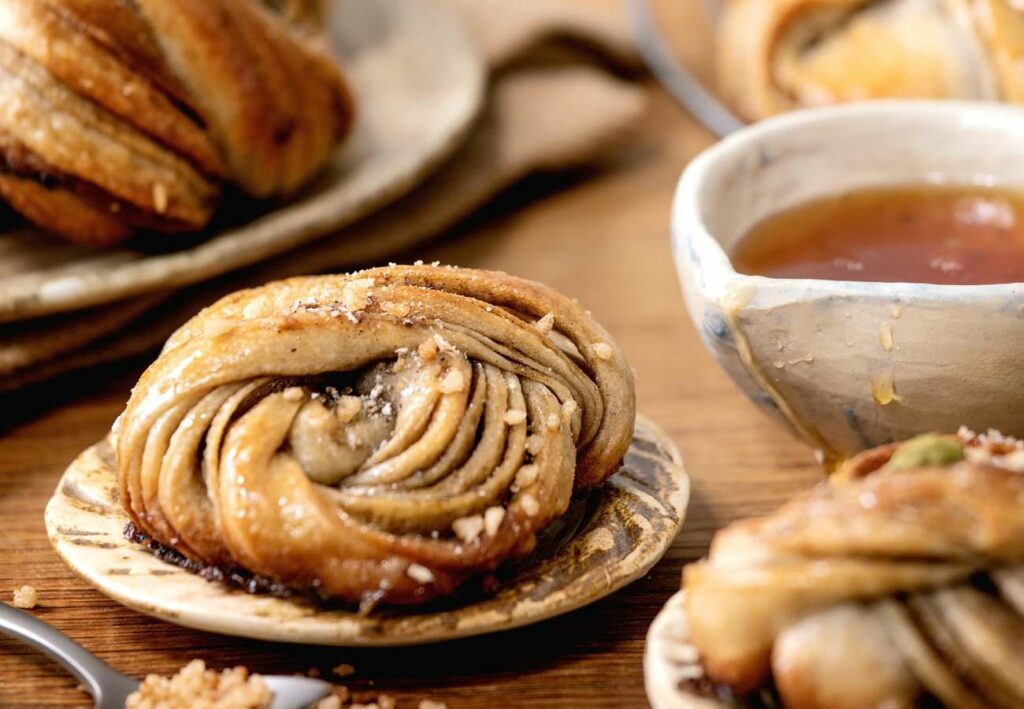
Kaneelirull is a sweet cinnamon bun prepared using flour, cinnamon, sugar and butter. The dish is known by several other names, such as cinnamon roll, cinnamon bun, cinnamon swirl, cinnamon Danish and cinnamon snail. It is popular throughout Scandinavia and other parts of Northern Europe.

